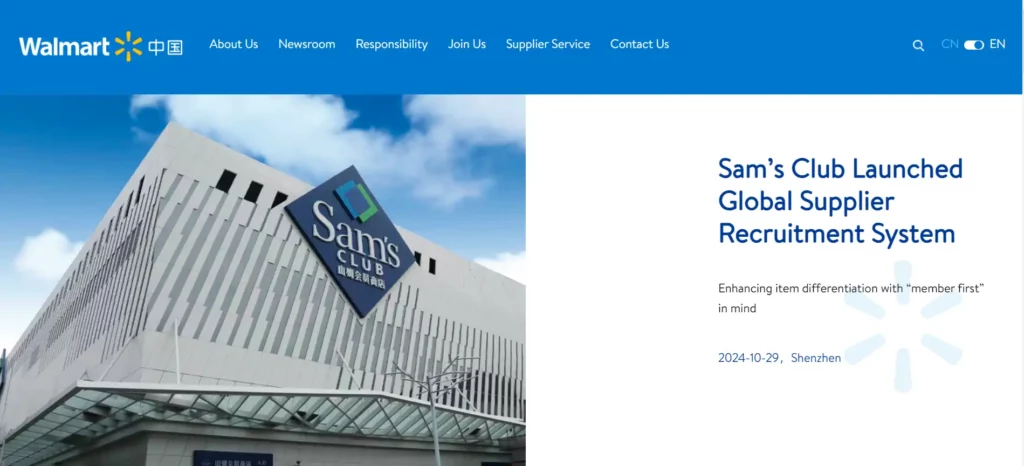Chinese localization is the key to expanding into China. Want to reach this market successfully? This playbook gives you actionable steps to localize your products, websites, and campaigns for maximum impact.
8 Localization Strategies for Luxury Brands to Win in China
Game Localization in 10 Days – Our Fast, Fun, and Flawless Delivery for China
Why Is Translation Not the Same as Localization?
Before investing in translation and Chinese localization, businesses must understand the key differences between the two.
What Is Translation?
Translation involves:
✅ Converting text from one language to another.
✅ Maintaining consistency in meaning and tone.
✅ Ensuring accuracy but not necessarily adapting to cultural nuances.
What Is Localization?
Localization goes beyond translation by:
✅ Adapting designs, colors, and branding to fit local preferences.
✅ Modifying communication styles to align with cultural expectations.
✅ Adjusting payment methods, logistics, and supply chains to match consumer behavior.
📌 Key Takeaway: Translation ensures accuracy, while Chinese localization enhances cultural relevance and engagement.
Why Are Fortune 500 Companies Investing in Chinese Localization?
Contrary to expectations, economic instability has not slowed down international expansion. Instead, companies are adjusting their strategies to enter emerging markets.
📊 Key Findings from Common Sense Advisory Research:
- Companies that invested in translation and Chinese localization were 1.5 times more likely to increase total revenue.
- 75% of Fortune 500 firms expanded into new markets—either international or domestic multicultural—within a year.
💡 Lesson: Companies that embrace Chinese localization are more likely to succeed in global expansion.
Why Are Companies Focusing on China?
China remains one of the fastest-growing consumer markets, with strong demand for foreign brands and digital commerce.
📌 Key Insight: Western companies must localize their strategies to align with Chinese consumer expectations—this is where Chinese localization becomes critical.
What Are the Key Consumer Trends in China?
1️⃣ The rise of the upper-middle class, not just in major cities but in smaller cities.
2️⃣ A new generation of digitally savvy consumers, highly connected and mobile-first.
3️⃣ E-commerce dominance, shaping modern retail and purchasing habits.
📌 Key Insight: Western companies must localize their strategies to align with Chinese consumer expectations.
How Have Foreign Companies Successfully Localized in China?
1. How Did Estée Lauder Use Storytelling Instead of Traditional Ads?

How Have Foreign Companies Successfully Localized in China?
1. Estée Lauder – Storytelling Over Ads
Chinese localization case study of Estée Lauder Clinique’s online drama campaign in China, showing how effective Chinese localization helped the brand engage consumers…
2. Dove – Localized Communication Channels
Chinese localization case study of Dove’s Real Beauty campaign in China…
3. Walmart – Offline-to-Online Strategy
Chinese localization case study of Walmart partnering with JD.com…
4. Coach – Gamification Boost
Gamification was used as part of a Chinese localization strategy to engage Weibo users.
5. Google – Reaching Developers Despite Barriers
Even without full market access, Google applied Chinese localization by adapting developer resources.
2. How Did Dove Localize Communication Channels?

- Dove adapted its global “Real Beauty” campaign for the Chinese market by:
Partnering with Ugly Wudi, the Chinese version of Ugly Betty.
Embedding their brand message into TV plots, online chats, and blog discussions.
Encouraging social engagement, generating millions of searches and blog posts.
📌 Impact:
- 4x ROI compared to traditional TV advertising.
- Massive audience engagement through localized messaging.
💡 Lesson: Authentic messaging and localized storytelling drive brand success in China.
3. How Did Walmart Use an Offline-to-Online Strategy?

Walmart partnered with JD.com, one of China’s largest e-commerce platforms.
Walmart exchanged its Yihaodian platform for 5% ownership in JD.com.
JD.com took over Walmart’s logistics and warehouse network.
Walmart expanded its e-commerce presence while maintaining brick-and-mortar stores.
📌 Impact:
- Walmart reached China’s digital-savvy middle class.
- JD.com’s tech streamlined operations and logistics.
- JD.com is now investing in AI, drones, and self-driving delivery cars.
💡 Lesson: Strategic partnerships with local tech companies help foreign businesses succeed.
4. How Did Coach Use Gamification to Boost Engagement?
Coach’s Footprints campaign on Weibo encouraged users to share their information for a chance to win a $82 (RMB 500) luggage tag.
📊 Results:
✅ 50% increase in engagement.
✅ 157% rise in Weibo followers in just 5 days.
✅ 13% higher repost rates on social media.
💡 Lesson: Gamification and exclusive rewards are effective in building a customer database and brand awareness.
5. How Did Google Reach Chinese Developers Despite Being Blocked?
Even though Google is banned in China, it still engages the Chinese market by:
✅ Launching a Chinese version of its developer website.
✅ Offering Google’s Developer Agency Program to Chinese software developers.
✅ Providing resources and training to connect with China’s tech ecosystem.
💡 Lesson: Localization doesn’t require a full market presence—adapting content for specific audiences can still drive engagement.
Is China a Closed or Open Market for Foreign Companies?
China is both closed and open—it has a strict digital environment, but a highly engaged consumer base that loves foreign brands.
What Is Restricted in China?
❌ Google
❌ YouTube
❌ Twitter
❌ Instagram
What Platforms Dominate in China?
✅ WeChat (social media & payments)
✅ Weibo (microblogging)
✅ Alibaba & JD.com (e-commerce)
✅ Tencent Video & iQiyi (streaming)
📌 Key Takeaway: To succeed, businesses must adapt to China’s digital ecosystem and leverage local platforms.
What’s Next for Global Business Expansion?
At the Davos Conference, Jack Ma outlined the future of business growth:
📌 “The next 30 years are critical. Focus on young internet users, employees under 30, and long-term strategies.”
How Should Companies Prepare?
✅ Invest in localization beyond translation.
✅ Leverage digital storytelling, influencer marketing, and gamification.
✅ Partner with local companies for logistics and market entry.
✅ Adapt to China’s evolving digital landscape.
🚀 Are you ready to expand into China? Let’s talk about how we can help localize your business for success!
